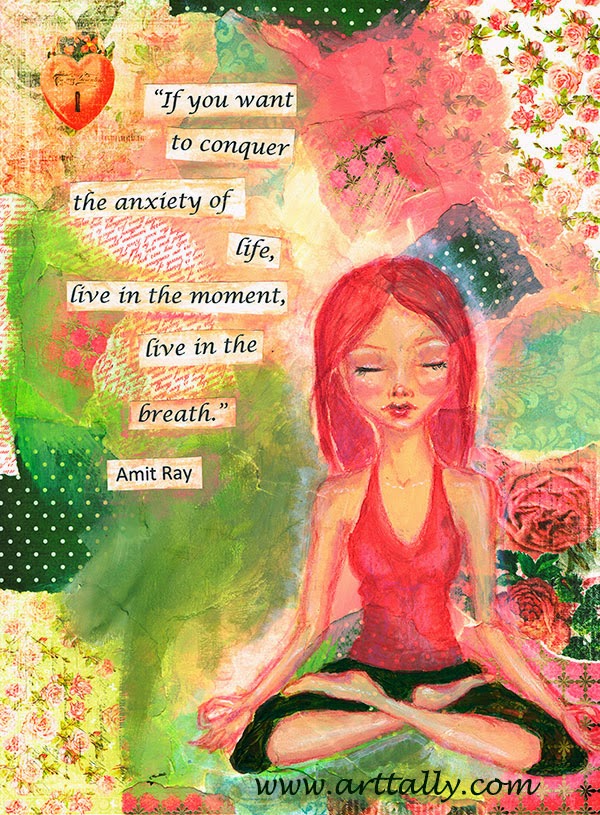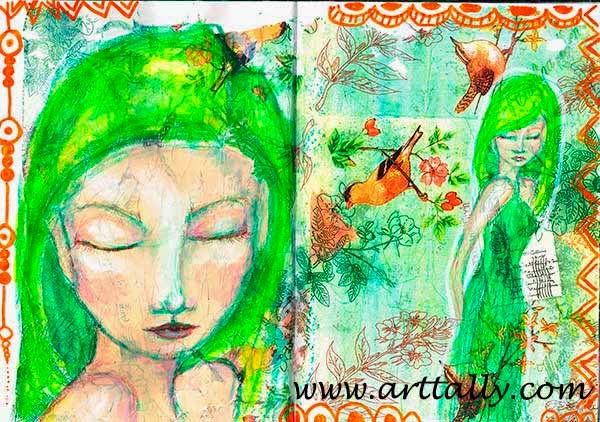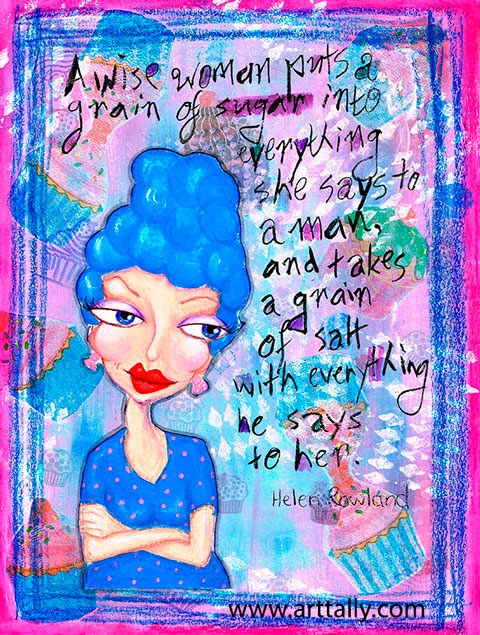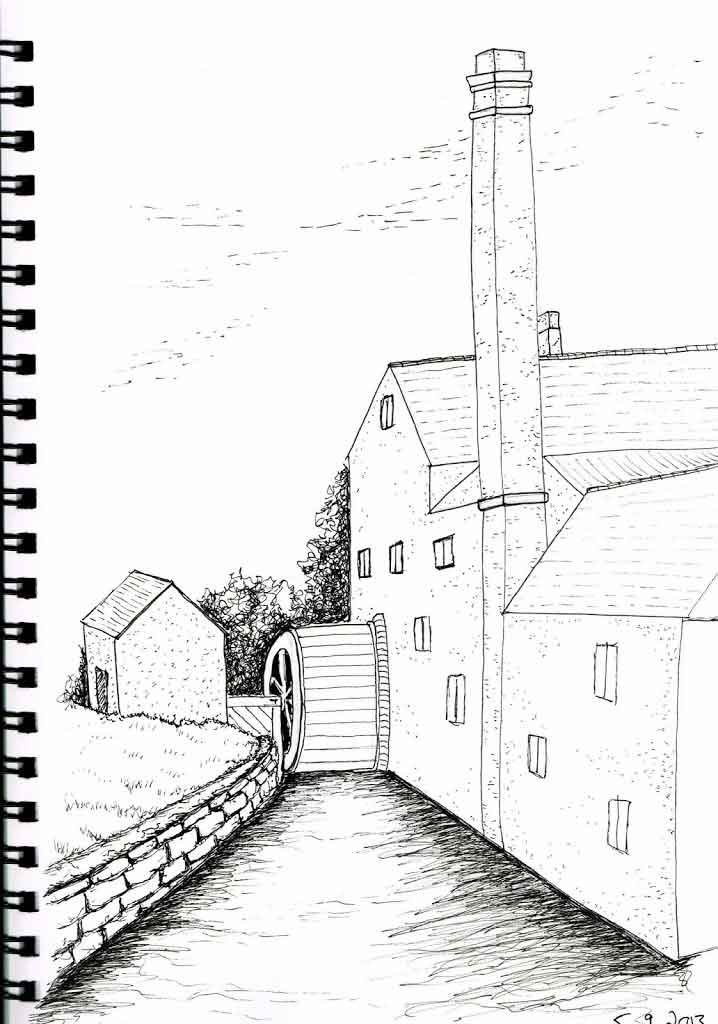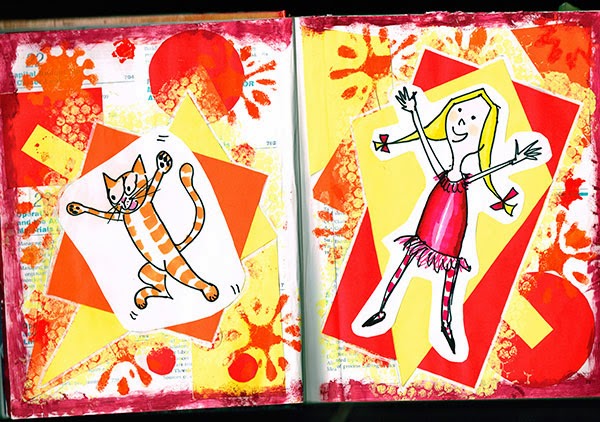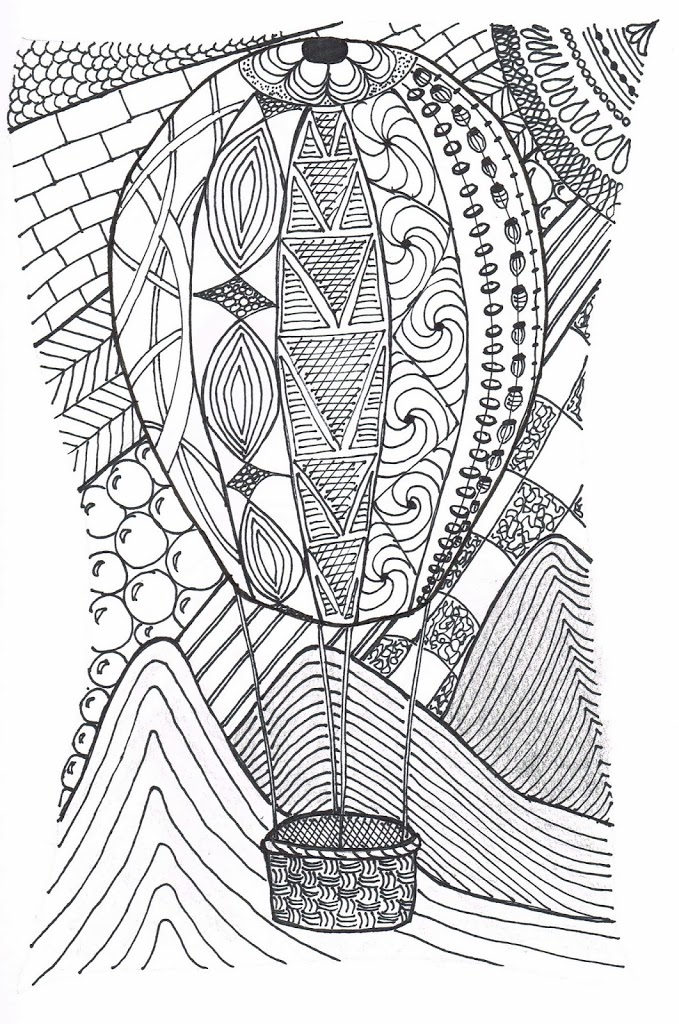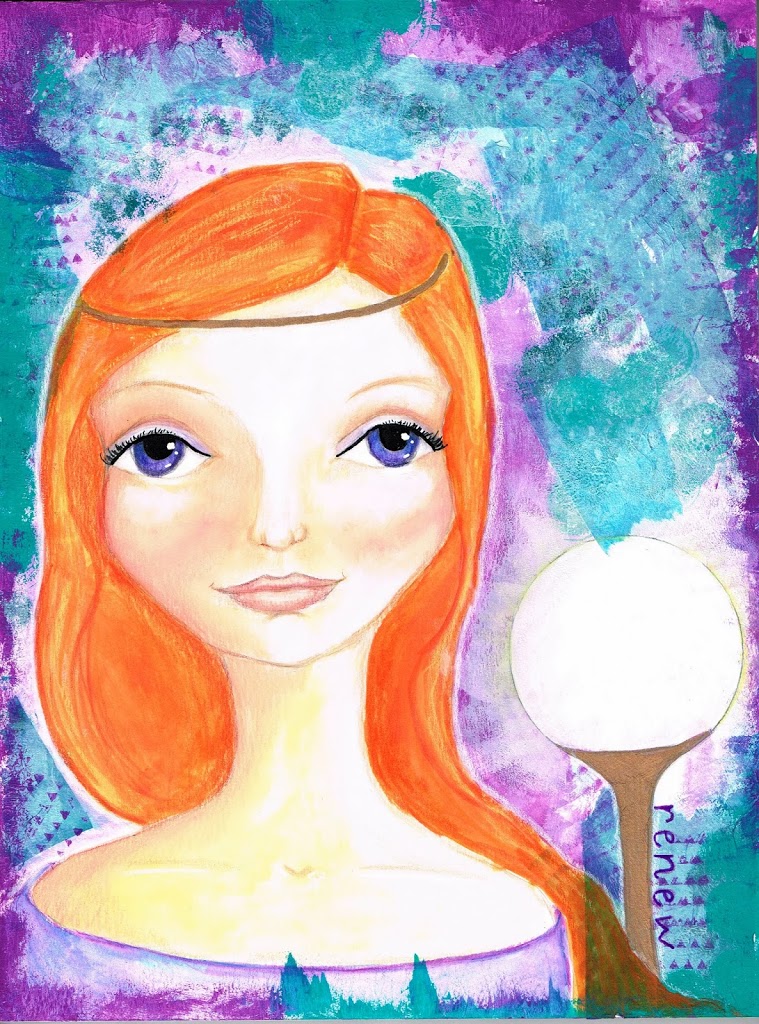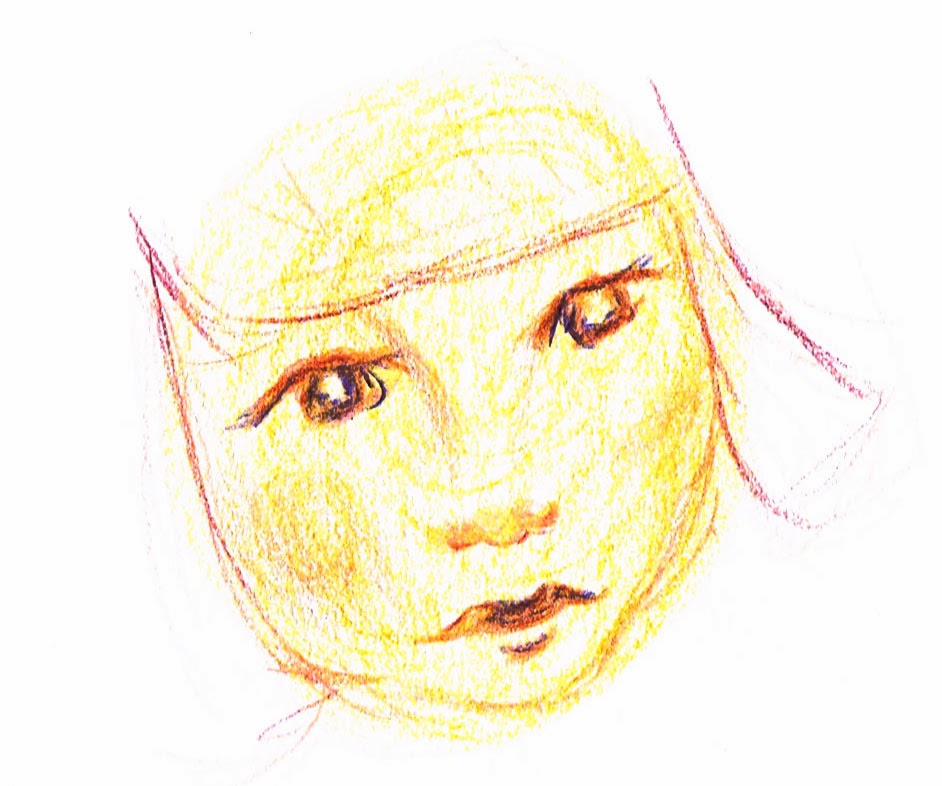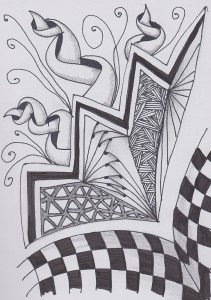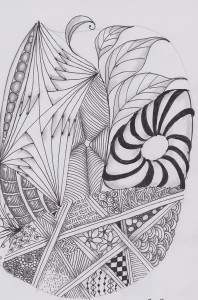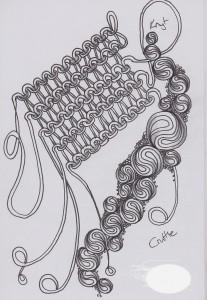 |
| Mixed media painting of quirky animals produced in the online class 'Lifebook 2014' |
I have been watching my children learn new things, as only children tend to - with joyful abandon. A child is free from judgement and gives themselves permission to be a beginner. They are children, therefore, by default, they are beginners at everything and we have little or no expectations of them. When do we stop granting ourselves the same freedom? Learning new things is like breathing to me. I think it is healthy and that we actually all do it continually, consciously or otherwise. But as adults we have much higher expectations of ourselves, even if we are trying to do something we have never done before. So when we pick up a paintbrush/golf club/musical instrument for the first time in our adult lives we can be so easily discouraged by those first attempts. Poor first attempts are inevitable. Actually, they are an entitlement. We have the right to play and experiment with something new, just like a child would. Turn out something as atrocious as you please - it may be the only way to getting to producing something you actually like! Jane Davenport advises that you 'trust the mess'. I see what she means. You start drawing or painting. You don't like it. Sigh. But it might just be that if you can figure out what you don't like you will have a go at changing something. Nothing to lose, right? That 'figuring out' and experimenting is the way to learn. There don't seem to be any short cuts. In an interview with Ian McKendrick (which you can hear, here) watercolour artist David Bellamy has similar advice for beginners. He suggests we should just "Get out and do it... accept that you are going to make a mess to start with". Hearing David talk about his own early work was a reassuring reminder that even the accomplished started out at the same sort of point as we did. So let's go and try something new and be prepared to do it badly to start off with. Is there something you have considered trying to learn? Does fear of being bad at it put you off trying?
"Never compare your beginning to someone else's middle" John Acuff
